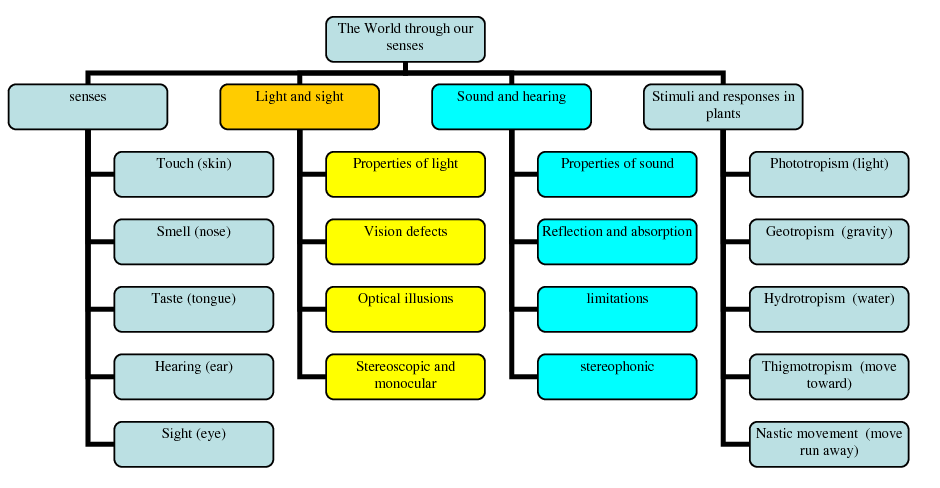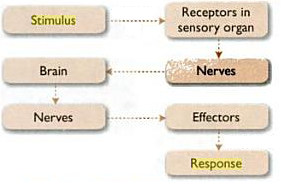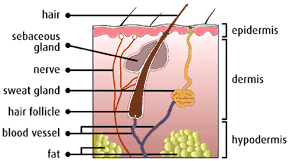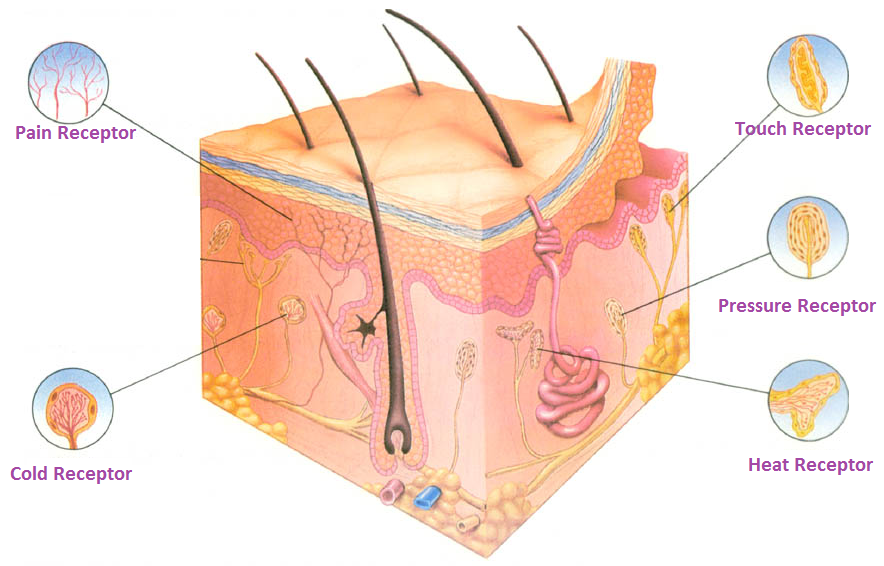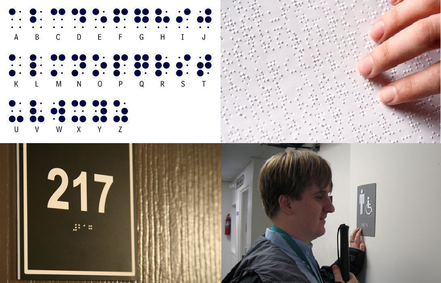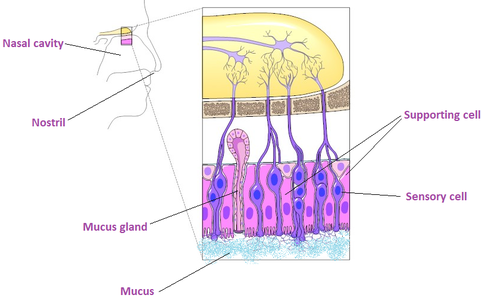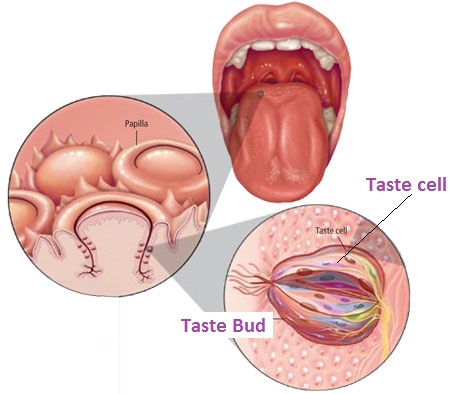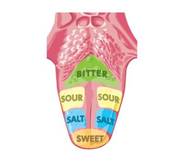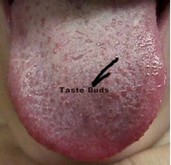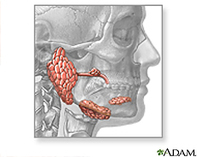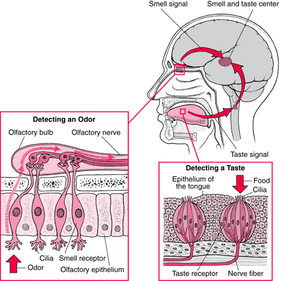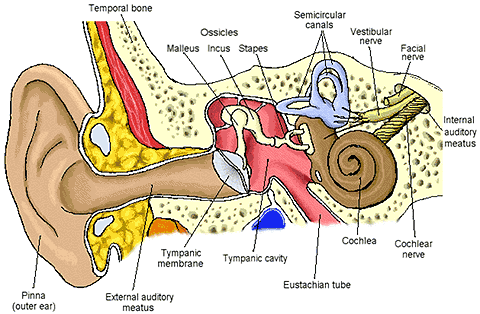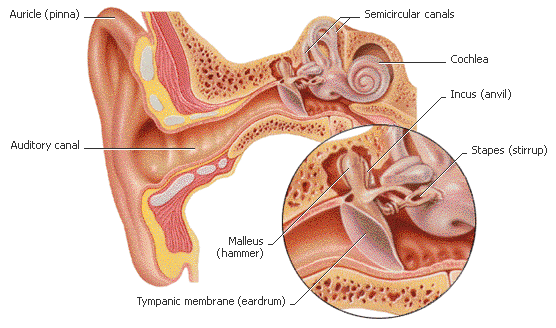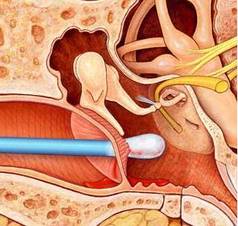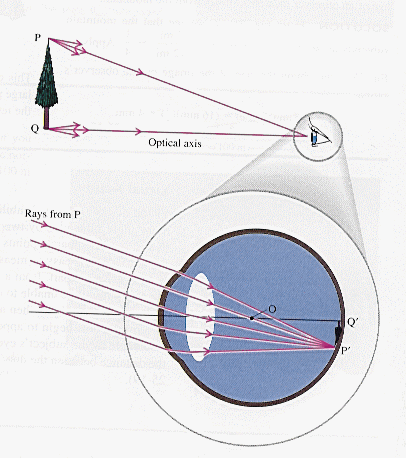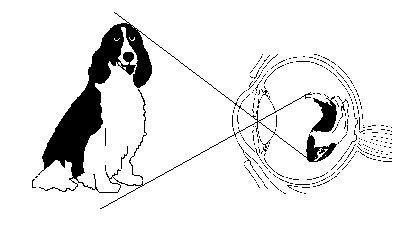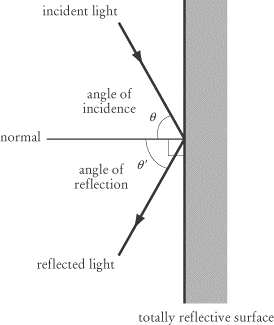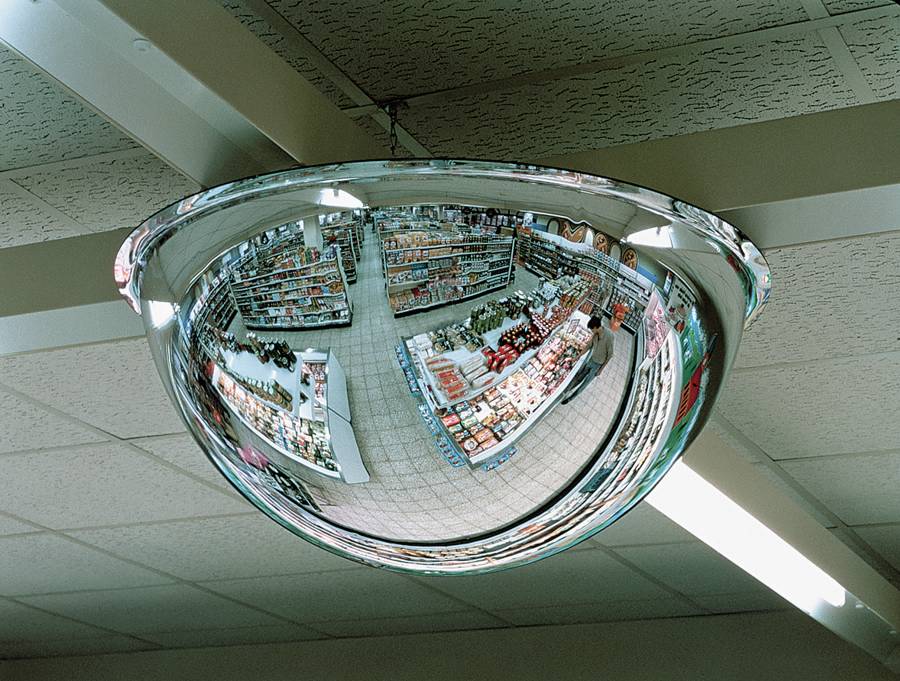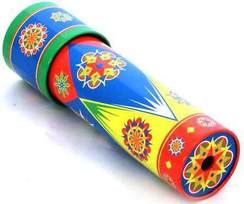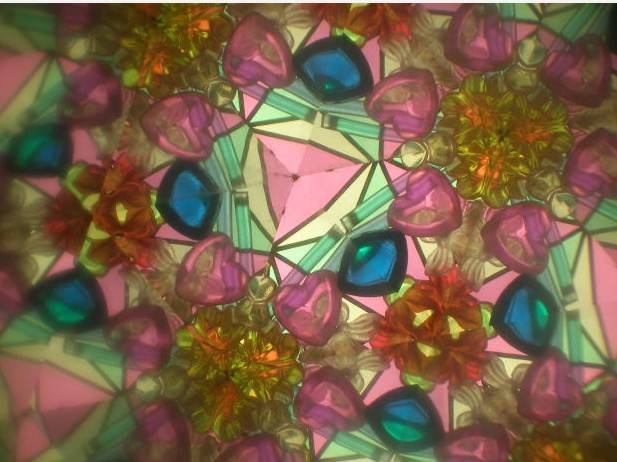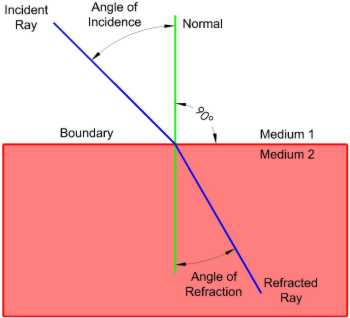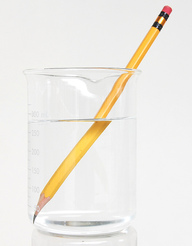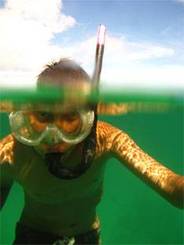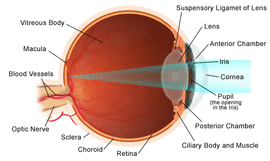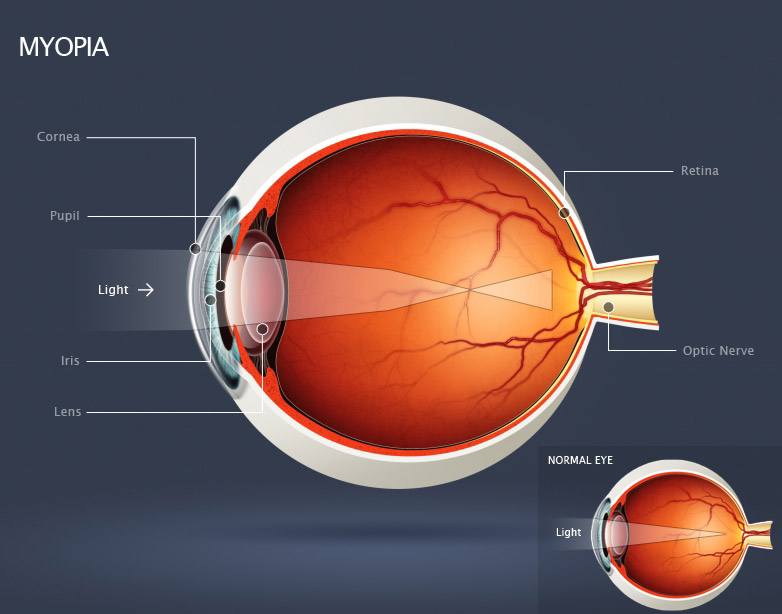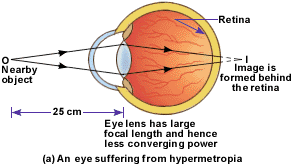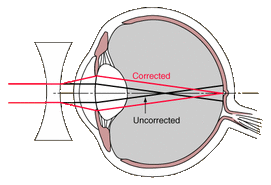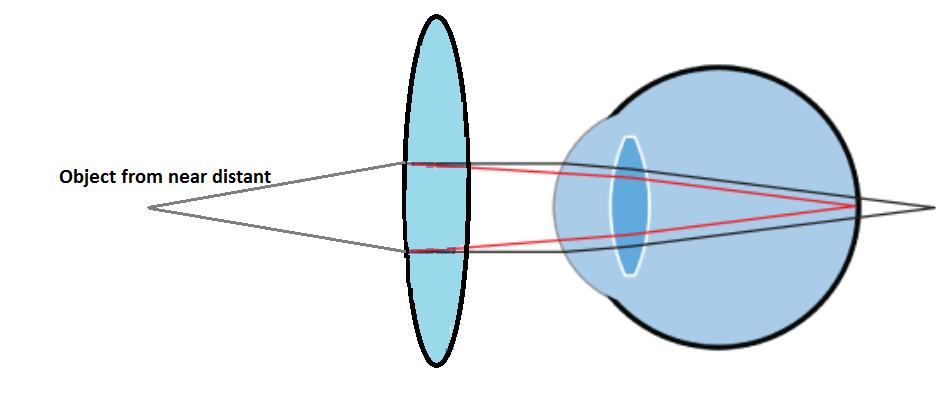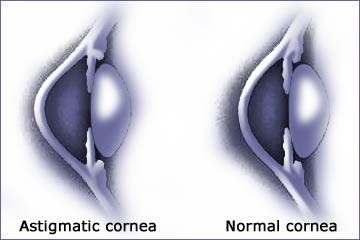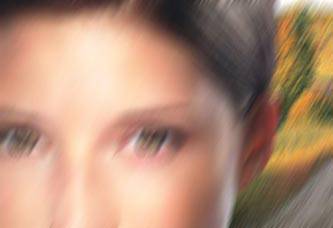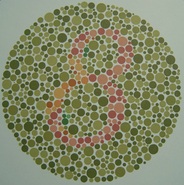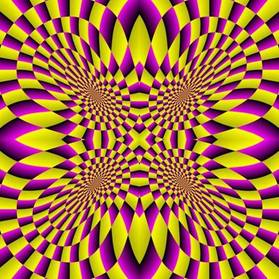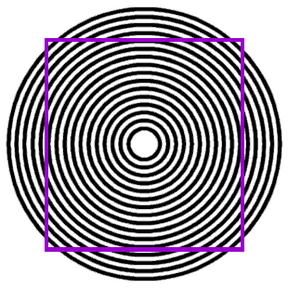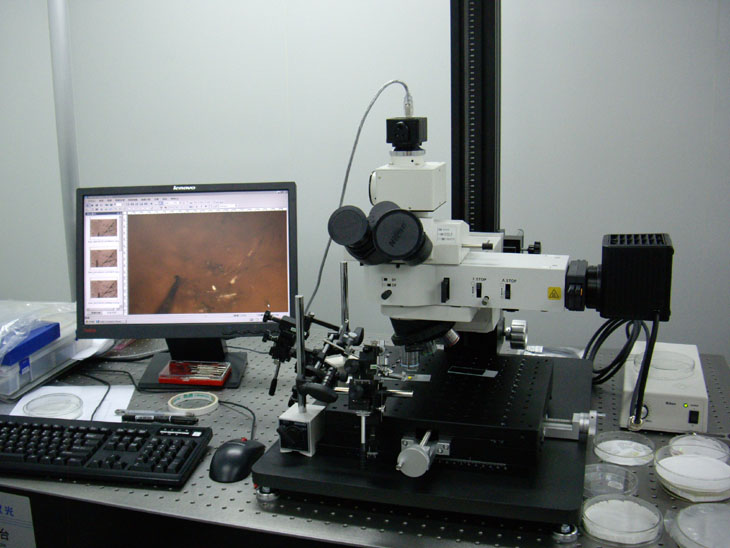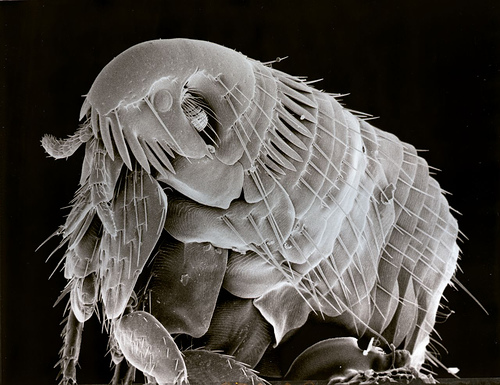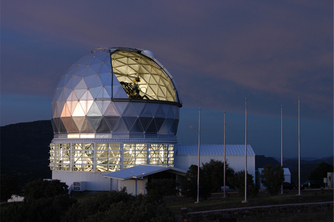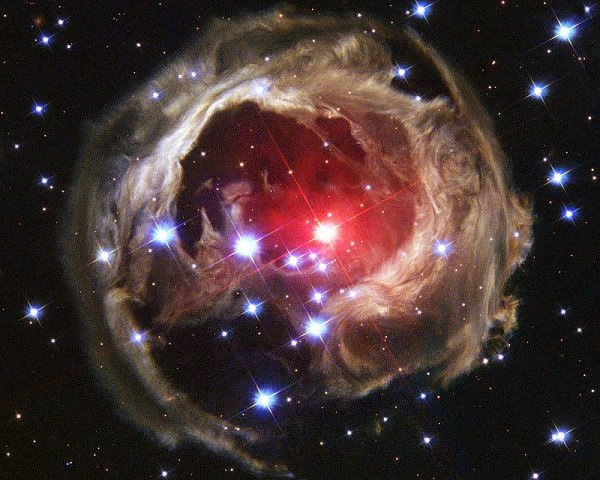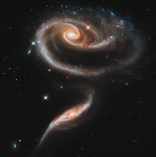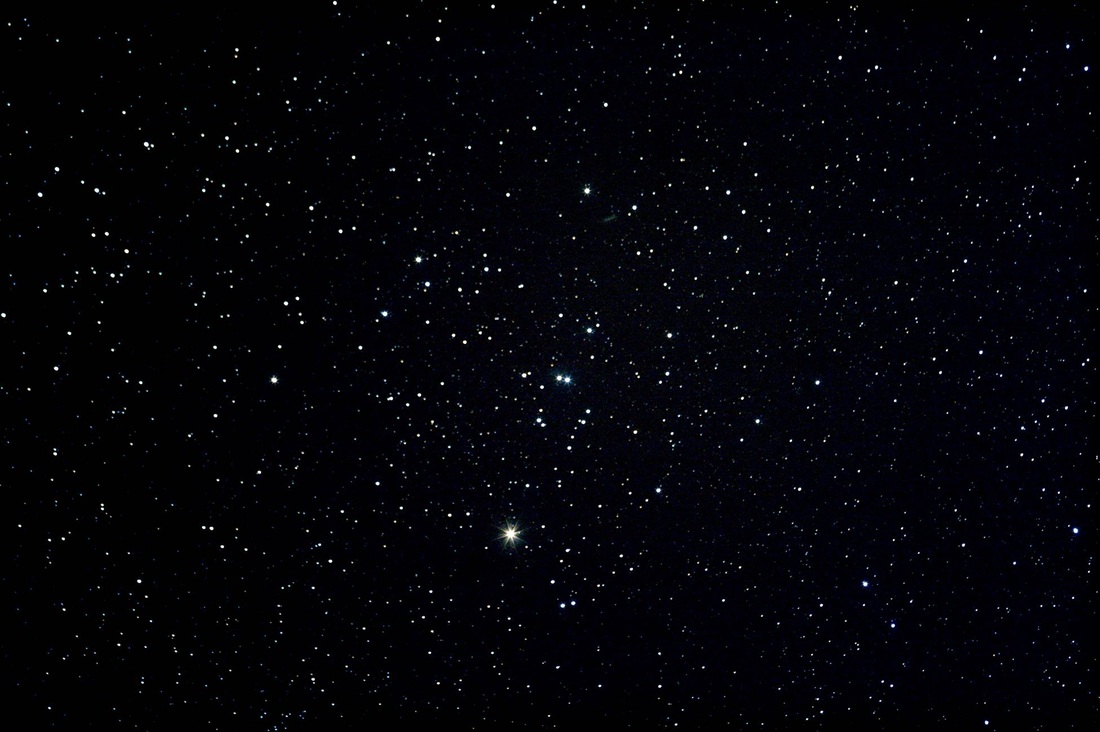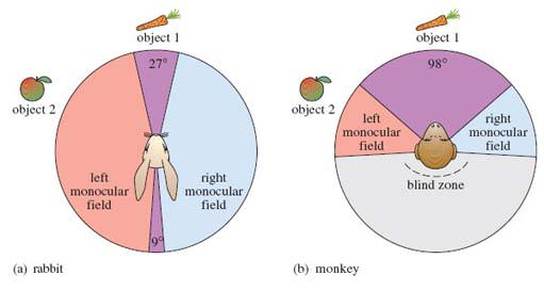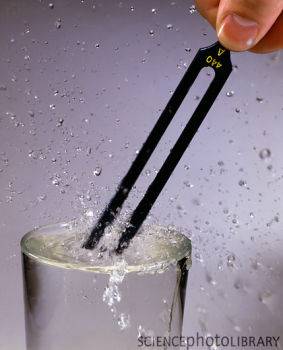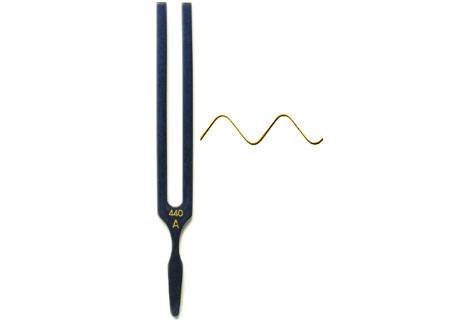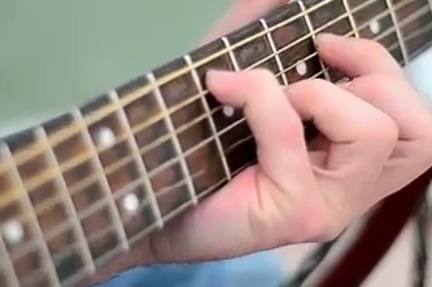Dear Student,
Well come to the reading site. The material that you read from this page is all the things that you need to know in every chapter for form 2 science.
Hopefully with the complete information, you will be able to do well in your exam and later on in your PMR 2013. Happy reading, bright future.
Well come to the reading site. The material that you read from this page is all the things that you need to know in every chapter for form 2 science.
Hopefully with the complete information, you will be able to do well in your exam and later on in your PMR 2013. Happy reading, bright future.
_________________________________
CHAPTER 1 THE WORLD THROUGH OUR SENSES
1.1 UNDERSTANDING THE SENSORY ORGANS AND THEIR FUNCTIONS
Sensory organs are organs that detect stimuli. Stimuli (stimulus) are changes in the environment/surrounding that cause the body to react. (stimuli-an object or event that is apprehended by the senses). Human beings have 5 sensory organ : skin, nose, tongue, ear and eye. Sense is the ability of a sensory organ to detect stimuli. Each sensory organ is responsible for a different sense. Therefore, human beings have 5 senses: touch, smell, taste, hearing and sight.
THE PATHWAY FROM STIMULUS TO RESPONSE
The nervous system detects and responds to stimuli. An organism which receives a stimulus will react to the stimulus. This reaction is called response. Each sensory organ has receptors that are very sensitive to stimuli. A stimulus stimulates the receptors in the sensory organ to produce nerve impulses. Nerve impulses are electrical signals. The nerve impulses travel along nerves (sensory nerves, send nervous impulses from receptors to brain) to the brain. The brain receives the nerve impulses, interprets them and decides what to do. Then the brain send nerve impulses through the nerves (motor nerves, send nervous impulses from central nervous system to muscles or gland) to the effectors. Effectors are parts of the body that carry out responses (muscles, glands).
Sensory organs are organs that detect stimuli. Stimuli (stimulus) are changes in the environment/surrounding that cause the body to react. (stimuli-an object or event that is apprehended by the senses). Human beings have 5 sensory organ : skin, nose, tongue, ear and eye. Sense is the ability of a sensory organ to detect stimuli. Each sensory organ is responsible for a different sense. Therefore, human beings have 5 senses: touch, smell, taste, hearing and sight.
THE PATHWAY FROM STIMULUS TO RESPONSE
The nervous system detects and responds to stimuli. An organism which receives a stimulus will react to the stimulus. This reaction is called response. Each sensory organ has receptors that are very sensitive to stimuli. A stimulus stimulates the receptors in the sensory organ to produce nerve impulses. Nerve impulses are electrical signals. The nerve impulses travel along nerves (sensory nerves, send nervous impulses from receptors to brain) to the brain. The brain receives the nerve impulses, interprets them and decides what to do. Then the brain send nerve impulses through the nerves (motor nerves, send nervous impulses from central nervous system to muscles or gland) to the effectors. Effectors are parts of the body that carry out responses (muscles, glands).
1.2 UNDERSTANDING THE SENSE OF TOUCH
The skin is a sensory organ that detect touch. The receptors in the skin are sensitive to stimuli of pain, touch, heat, cold and pressure. The skin is made up of two layers: epidermis and dermis.
The skin is a sensory organ that detect touch. The receptors in the skin are sensitive to stimuli of pain, touch, heat, cold and pressure. The skin is made up of two layers: epidermis and dermis.
The receptors in the skin detect stimuli. Heat receptor has the function to detect any rise in temperature, cold receptor has the function to detect any fall in temperature, pain receptor has the function to detect pain when the skin is injured, pressure receptor has the function to detect pressure exerted on the skin and touch receptor detect any contact made with the skin.
Sensitivity of the skin depends on two factors: the thickness of the epidermis and the concentration of receptors. The thinner the epidermis, the more sensitive is the skin, the more receptors in the skin, the more sensitive is the skin. Injections are usually given on forearms or buttocks because the skin on these areas is less sensitive to touch and pain compared to the skin on other parts of the body. Blind people can read Braille because of the high sensitivity of their fingertips.
1.3 UNDERSTANDING THE SENSE OF SMELL
The nose is the sensory organ that give us the sense of smell. Nostrils are holes in the nose. The nostrils open into a hollow space called the nasal cavity. The roof of the nasal cavity has many sensory cells or smell receptors to detect smell. The arrangement allows smell receptors to have maximum exposure to air current. The smell receptor are sensitive to all kinds of smells. The nasal cavity is also linked with mucus (produce by the glands in the nasal cavity). When chemical from food or other substances enter the nose, they dissolve in the mucus and stimulate the sensory cells. Mucus also warms and moistens air current before it enters the lungs. Hairs in the nostrils traps dust and dirt in the air so that only clean air enters the lungs. When a person has a cold, he cannot detect smells well. This is because too much mucus is being produced. The mucus prevents the chemicals from stimulating the smell receptors.
The nose is the sensory organ that give us the sense of smell. Nostrils are holes in the nose. The nostrils open into a hollow space called the nasal cavity. The roof of the nasal cavity has many sensory cells or smell receptors to detect smell. The arrangement allows smell receptors to have maximum exposure to air current. The smell receptor are sensitive to all kinds of smells. The nasal cavity is also linked with mucus (produce by the glands in the nasal cavity). When chemical from food or other substances enter the nose, they dissolve in the mucus and stimulate the sensory cells. Mucus also warms and moistens air current before it enters the lungs. Hairs in the nostrils traps dust and dirt in the air so that only clean air enters the lungs. When a person has a cold, he cannot detect smells well. This is because too much mucus is being produced. The mucus prevents the chemicals from stimulating the smell receptors.
1.4 UNDERSTANDING THE SENSE OF TASTE
The tongue is the sensory organ that gives us the sense of taste. The four basic tastes are sweet, salty, sour and bitter. The surface of the tongue is covered with taste buds (this make the tongue surface rough). Each bud contains many taste receptors. Taste receptors are sensitive to chemicals in food. These chemicals must dissolve in saliva (saliva produced by salivary glands in the mouth) before they can stimulate the taste receptors. The tongue has four types of taste receptors. These are sweet receptors, salty receptors, sour receptors and bitter receptors. The receptors are located at different parts of the tongue.
The tongue is the sensory organ that gives us the sense of taste. The four basic tastes are sweet, salty, sour and bitter. The surface of the tongue is covered with taste buds (this make the tongue surface rough). Each bud contains many taste receptors. Taste receptors are sensitive to chemicals in food. These chemicals must dissolve in saliva (saliva produced by salivary glands in the mouth) before they can stimulate the taste receptors. The tongue has four types of taste receptors. These are sweet receptors, salty receptors, sour receptors and bitter receptors. The receptors are located at different parts of the tongue.
SENSE OF TASTE AND SMELL
The nasal cavity and the mouth cavity are connected. Chemicals from food that stimulate the taste receptors also stimulate the sensory receptors in the nose. This means taste and smell of food are detected at the same time and this help us to identify the flavours of food. When we have cold, chemicals in food can not reach the smell receptors because of thick mucus blocking the air passages in the nose. This prevents the smell receptors from being stimulated. Since we cannot smell, we cannot detect the flavour of the food and the food become tasteless.
The nasal cavity and the mouth cavity are connected. Chemicals from food that stimulate the taste receptors also stimulate the sensory receptors in the nose. This means taste and smell of food are detected at the same time and this help us to identify the flavours of food. When we have cold, chemicals in food can not reach the smell receptors because of thick mucus blocking the air passages in the nose. This prevents the smell receptors from being stimulated. Since we cannot smell, we cannot detect the flavour of the food and the food become tasteless.
1.5 UNDERSTANDING THE SENSE OF HEARING
The ear is a sensory organ of hearing that is sensitive to sound stimuli. The human ear can be divided into three main part : the outer ear, the middle ear and the inner ear.
The ear is a sensory organ of hearing that is sensitive to sound stimuli. The human ear can be divided into three main part : the outer ear, the middle ear and the inner ear.
Outer ear or external ear consists of pinna and auditory canal. Middle ear consists of eardrum, ear ossicles and eustachian tube. Inner ear consists of cochlea, auditory nerve and semicircular canals. The hearing mechanism is as follow: pinna (directs sound waves into the auditory canal) > auditory canal (directs sound waves to the ear drum) > eardrum (vibrates at the same speed as the sound waves) > ear ossicles (magniffy the sound vibrations and make the oval window vibrate at the same frequency) > cochlea (changes the sound vibrations into nervous impulses) > auditory nerve (transmits the nervous impulses from cochlea to the brain) > brain (interprets the nervous impulses as sounds).
1.6 UNDERSTANDING THE SENSE OF SIGHT
The eyes are sensory organs of sight which are sensitive to light. The wall of eyeball is made up of three layers: sclera (outer layer), choroid (middle layer) and retina (innermost layer, it has many photoreceptors called cones and rods that are sensitive to light.
The eyes are sensory organs of sight which are sensitive to light. The wall of eyeball is made up of three layers: sclera (outer layer), choroid (middle layer) and retina (innermost layer, it has many photoreceptors called cones and rods that are sensitive to light.
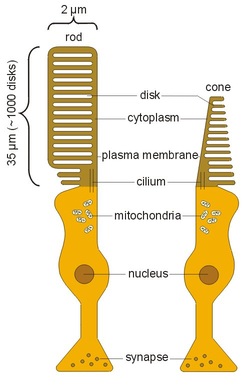
Rods (Left), Cones (Right)
Rods are not detect colour. Cones detect colour. There are three types of Cones: Red Cones, Blue Cones and Green Cones. Rods are very sensitive, even in the condition where the amount of light is very little, Rods still manage to detect the light which go into the eyes (that explain why we only see black and white in dark area)
The Structure of Human Eye
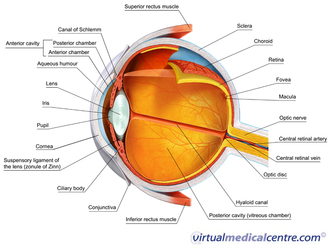
1. Ciliary body- contacts and relaxes to change the thickness of the lens. This changes the focal length of the lens.
2. Suspensory ligaments-hold the lens in place and connect it to the ciliary body.
3. Aqueous humour-helps to refract light and focus the image into retina, maintains the shape of the eye and the pressure in the eye.
4. Conjunctiva-the thin, transparent membrane that protects the cornea.
5. The pupil allows light to pass into the eye
6. Cornea-curved, transparent layer at the front of the eye. It is a continuation of the sclera. Allows light to enter the eye. Helps to focus light onto the retina by bending the light rays passing through it.
7. Iris controls the size of the pupil and hence controls the amount of light entering the eye.
8. Eye lens-Bends and focuses light to form an image on the retina. The thickness of the lens can be altered to focus near and distant objects
9. Vitreous humour-the jelli-like material found between the lens and the retina. Helps keep the shape of the eye spherical. Helps refract light onto the retina.
10. Sclera pratects and shapes the eye.
11. Choroid-the capillaries supply nutrients and oxygen to the eye. The black pigments absorb light and prevent reflection of light.
12. Retina-detects light stimuli and sends nerve impulses to the brain.
13. Yellow spot (fovea)-the part of the retina most sensitive to light. Detects the images of objects formed and changes them into nerve impulses.
14. Blind spot-this point on the retina is not sensitive to light. Images falling on this spot cannot be detected because there is no receptor cells. It is the spot where the optic nerve leaves the eyeball.
15. Optic nerve-sends nerve impulses from the retina to the brain to be interpreted.
2. Suspensory ligaments-hold the lens in place and connect it to the ciliary body.
3. Aqueous humour-helps to refract light and focus the image into retina, maintains the shape of the eye and the pressure in the eye.
4. Conjunctiva-the thin, transparent membrane that protects the cornea.
5. The pupil allows light to pass into the eye
6. Cornea-curved, transparent layer at the front of the eye. It is a continuation of the sclera. Allows light to enter the eye. Helps to focus light onto the retina by bending the light rays passing through it.
7. Iris controls the size of the pupil and hence controls the amount of light entering the eye.
8. Eye lens-Bends and focuses light to form an image on the retina. The thickness of the lens can be altered to focus near and distant objects
9. Vitreous humour-the jelli-like material found between the lens and the retina. Helps keep the shape of the eye spherical. Helps refract light onto the retina.
10. Sclera pratects and shapes the eye.
11. Choroid-the capillaries supply nutrients and oxygen to the eye. The black pigments absorb light and prevent reflection of light.
12. Retina-detects light stimuli and sends nerve impulses to the brain.
13. Yellow spot (fovea)-the part of the retina most sensitive to light. Detects the images of objects formed and changes them into nerve impulses.
14. Blind spot-this point on the retina is not sensitive to light. Images falling on this spot cannot be detected because there is no receptor cells. It is the spot where the optic nerve leaves the eyeball.
15. Optic nerve-sends nerve impulses from the retina to the brain to be interpreted.
THE MECHANISM OF SIGHT
The image stimulates the photoreceptors in the retina to produce nerve impulses. The nerve impulses are sent by the optic nerve to the brain. The brain interprets the impulses and converted the inverted image to an upright image.
The image stimulates the photoreceptors in the retina to produce nerve impulses. The nerve impulses are sent by the optic nerve to the brain. The brain interprets the impulses and converted the inverted image to an upright image.
1.7 UNDERSTANDING LIGHT AND SIGHT
PROPERTIES OF LIGHT
Light is a form of energy that travels at the speed 300,000,000m/s. Approximately 7.5 rounds of the earth in 1 second. Light travels in a straight lines within the same medium (or medium with the same optical density). Light is reflected when it hits an opaque surface. Light is reflected when it travels from one transparent medium to another.
REFLECTION OF LIGHT
Light which falls on an opaque object may be absorb or reflected. Reflection takes place when light rays which fall on the surface of an opaque object bounces off it. The amount and direction of the reflected light depend on the type of surface the light fall on.
PROPERTIES OF LIGHT
Light is a form of energy that travels at the speed 300,000,000m/s. Approximately 7.5 rounds of the earth in 1 second. Light travels in a straight lines within the same medium (or medium with the same optical density). Light is reflected when it hits an opaque surface. Light is reflected when it travels from one transparent medium to another.
REFLECTION OF LIGHT
Light which falls on an opaque object may be absorb or reflected. Reflection takes place when light rays which fall on the surface of an opaque object bounces off it. The amount and direction of the reflected light depend on the type of surface the light fall on.
|
Rough and uneven surfaces such as cloth and wood (right) cause diffused reflection (light reflection is scattered.
Smooth and flat surfaces such as mirrors, glass and shinny metals (left) cause regular reflection (light reflected regularly). |
Application of reflection of light in daily life
Plane mirrors are used in bathrooms or bedrooms. Side mirrors and rear-view mirrors are used in cars. Convex mirrors give wider scope of view and used as security mirrors in shop and fish-eye mirrors at road bends. Concave mirrors magnify images and are used in microscopes and telescopes. Periscopes are used to see above the water surface in submarines. A periscope consists of two plane mirror and change the direction of light. Kaleidoscopes form colourful images. They are made from two or more plane mirrors which reflect the light from objects placed between the mirrors.
Plane mirrors are used in bathrooms or bedrooms. Side mirrors and rear-view mirrors are used in cars. Convex mirrors give wider scope of view and used as security mirrors in shop and fish-eye mirrors at road bends. Concave mirrors magnify images and are used in microscopes and telescopes. Periscopes are used to see above the water surface in submarines. A periscope consists of two plane mirror and change the direction of light. Kaleidoscopes form colourful images. They are made from two or more plane mirrors which reflect the light from objects placed between the mirrors.
REFRACTION OF LIGHT
Light can travel through transparent media such as air, water and glass. Light travels at different speeds in different media. When light travels from one medium into another, the change in the speed of light causes the light to bend or change direction. The refraction of light is the bending of light as light travels through two types of media that have different densities (optical density). The speed of light increases when light enters a less dense medium meanwhile the speed of light decreases when light enters a denser medium. Refraction of light does not occur when the light ray is directly perpendicular to the surface of the medium (the light travel into the medium in the direction of the normal line), the light will pass through the medium in a straight line.
Light can travel through transparent media such as air, water and glass. Light travels at different speeds in different media. When light travels from one medium into another, the change in the speed of light causes the light to bend or change direction. The refraction of light is the bending of light as light travels through two types of media that have different densities (optical density). The speed of light increases when light enters a less dense medium meanwhile the speed of light decreases when light enters a denser medium. Refraction of light does not occur when the light ray is directly perpendicular to the surface of the medium (the light travel into the medium in the direction of the normal line), the light will pass through the medium in a straight line.
VISION DEFECTS AND WAYS TO CORRECT THEM
An image is focused exactly on the retina for a person with normal vision. The common defects of vision are : short-sightedness, long-sightedness, astigmatism, colour blindness and presbyopia.
An image is focused exactly on the retina for a person with normal vision. The common defects of vision are : short-sightedness, long-sightedness, astigmatism, colour blindness and presbyopia.
|
SHORT-SIGHTEDNESS (MYOPIA)
When someone suffer from short-sightedness has the condition of unable to see the distant objects clearly. The two causes: the eye lens is too tick and the eyeball is too long. Therefore, light from distant object is focused in front of the retina (as shown in the diagram above). The correction method is to wear glasses with concave lenses. The lenses diverge light rays before they enter the eye to form a sharp image on the retina. |
|
LONG-SIGHTEDNESS (HYPERMETROPIA)
When someone suffer from long-sightedness has the condition of unable to see the near objects clearly. The two causes: the eye lens is too thin or the eyeball is too short. Therefore, light from distant object is focused at the back of the retina (as shown in the diagram above). The correction method is to wear glasses with convex lenses. The lenses converge light rays before they enter the eye to form a sharp image on the retina. |
|
ASTIGMATISM
Astigmatism is caused by the irregular surface of the cornea or lens or both. The eye is unable to focus objects into a single, sharp image. Therefore, the images seen by astigmatic patient are distorted and not clear. To correct the situation, the patient have to wear glasses with cylindrical lenses, wear special contact lenses or undergoes surgery. |
|
COLOUR BLINDNESS
Due to shortage of cone cells on the retina. Most of the people who suffer from colour blindness can not differentiate between red and green colours. The situation can not be corrected because it is hereditary. |
|
LIMITATIONS OF SIGHT
We can not see microscopic objects, distant objects, we can not see through opaque objects and when the light fall on the blind spot. |
Blind Spot
|
OPTICAL ILLUSION
DEVICES USED TO OVERCOME THE LIMITATIONS OF SIGHT
|
MICROSCOPE
An instrument which magnifies tiny(micro) objects such as bacteria (micro organism) or cells. Uses two convex lenses: the objective lens and the eyepieces lens. |
|
TELESCOPE
Telescope is an optical instrument used by human being to explore the deep space. In order for us to have a better idea regarding our space, we need to keep improving our technology through optical physic study which learn about electromagnetic wave (light). HUBBLE TELESCOPE Hubble-Telescope is the most advance telescope which ever been build by human being. Below show some photo caught by using Hubble Telescope. |
STEREOSCOPIC VISION AND MONOCULAR VISION
|
MONOCULAR VISION
- The field of vision in both eyes either do not overlap or may overlap only a little. - It gives a wider field of vision. Monocular vision sometimes covers 360°. - It does not form a three-dimensional image. - Not able to estimate the positions and distances accurately. - Prey have monocular vision. - It enables prey such as deer and goats to detect predators from any angle. |
STEREOSCOPIC VISION
- The field of stereoscopic vision is the area where the visual fields of both eyes overlap - It gives a smaller field of vision. - it forms a three-dimensional image. - Able to estimate the position and distance of an object more accurately. - Human beings and predators have stereoscopic vision. - It enables predators such as owls and tigers to determine accurately the position of their prey. |
1.8 SOUND AND HEARING
Sound is a form of energy. Sounds are produced by vibrations. When an object vibrates, kinetic energy is changed to sound energy. Musical instruments like the guitar and violin produce sound through vibrations.
Sound is a form of energy. Sounds are produced by vibrations. When an object vibrates, kinetic energy is changed to sound energy. Musical instruments like the guitar and violin produce sound through vibrations.
THE NEED FOR A MEDIUM FOR SOUND TO TRAVEL
Sound needs a medium to travel. Sound can travel trough solids, liquids and gases. Sound cannot travel through a vacuum. Sound travels faster through solids than through liquids. This is because particles are arranged closely in solids. They can pass on vibration quickly. Sound travels the slowest through gases because the particles are arranged loosely. Therefore, the transfer of vibrations occurs slowly.
Sound needs a medium to travel. Sound can travel trough solids, liquids and gases. Sound cannot travel through a vacuum. Sound travels faster through solids than through liquids. This is because particles are arranged closely in solids. They can pass on vibration quickly. Sound travels the slowest through gases because the particles are arranged loosely. Therefore, the transfer of vibrations occurs slowly.
